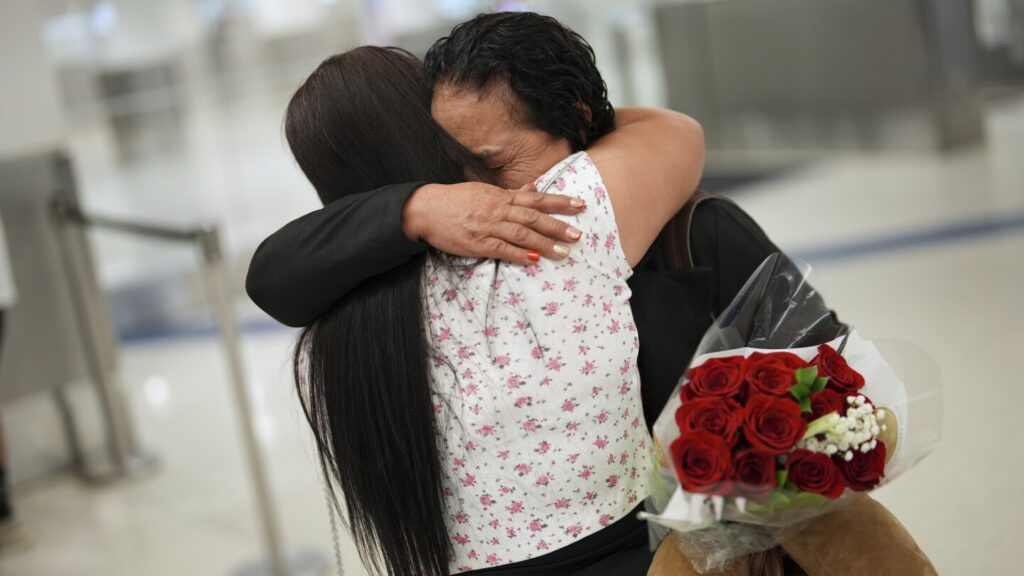President Donald Trump’s new travel ban on citizens from a dozen countries went into effect smoothly, with some travelers facing extra scrutiny at U.S. airports. The ban, primarily affecting African and Middle Eastern nations, was implemented amidst escalating immigration enforcement actions. However, unlike the chaos seen in 2017, the initial reactions to the ban were relatively calm.
The ban does not revoke previously issued visas but imposes restrictions on citizens from specific countries. Travelers from affected nations faced additional interviews and checks upon arrival, with some experiencing delays before being allowed entry. The ban aims to enhance visa application processes and address challenges posed by individuals overstaying visas.
Critics argue that the ban perpetuates division and unfairly impacts communities seeking refuge in the U.S. Organizations like Oxfam America condemned the policy, emphasizing its divisive nature. Countries like Haiti expressed concerns over the ban’s indiscriminate impact on their citizens and sought to address the issue through diplomatic channels.
Despite some concerns and criticisms, the implementation of the new travel ban appears more methodical and legally sound compared to previous attempts. By focusing on visa processing and addressing deficiencies in screening protocols, the administration aims to avoid legal challenges that plagued earlier iterations. The ban’s impact on affected individuals and communities remains a subject of ongoing debate and scrutiny.

